Insider’s Guide to Drag Terminology
Drag queens and have long been known for their fabulous performances, impeccable style, and witty banter. Part of their charm is their unique language, full of colorful slang, and insider drag terminology. Below, we explore some of the most popular slang words used by drag queens and their meanings:
Slay
To perform flawlessly or impressively. As in, “That queen really slayed the runway tonight!”
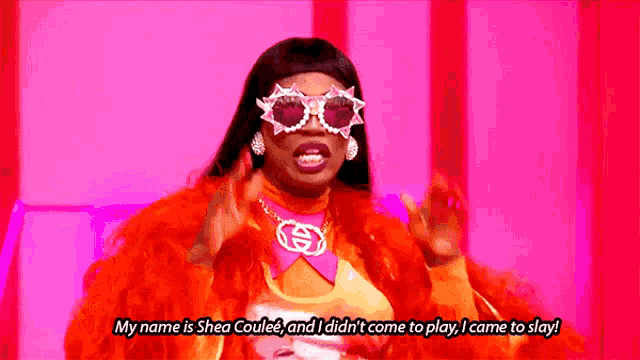
Gagging
To be so impressed or shocked by something that you feel like you’re choking. As in, “Did you see that dress? I am gagging!”
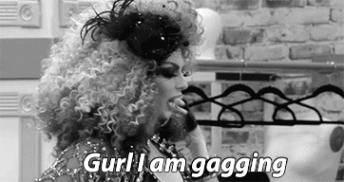
Snatched
A term used to describe someone who looks really good, especially when they’re wearing revealing clothing that accentuates their body. As in, “Her waist is so snatched in that corset!”
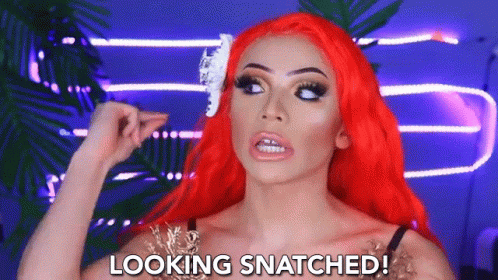
Hunty
It is a combination of the words “honey” and “c*nt” and is used as a term of endearment between friends or to refer to someone who is fabulous and confident. As in, “Hey hunty, you look amazing tonight!”

Reading
The art of throwing shade or making witty, insulting comments about someone in a humorous way. As in, “She’s really good at reading the other queens.”
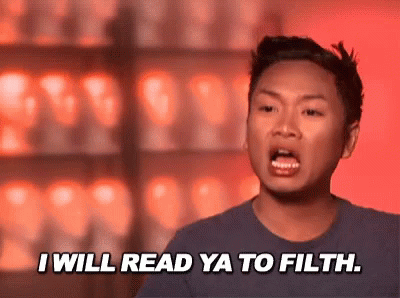
Shade
A subtle insult or criticism. As in, “She just threw some major shade at that queen.”

Kiki
A term used to describe a gathering or party among friends. As in, “Let’s have a kiki and spill the tea!”

Tuck
The process of concealing the male genitalia to create a more feminine appearance. As in, “I can’t perform without a good tuck job!”

Beat
A term used to describe a flawless, fully made-up face. As in, “Her makeup is so beat, I can’t even handle it.”
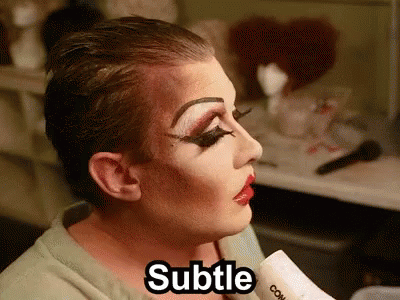
Werq or Werk
To work hard and look fabulous while doing it. As in, “She’s really werqing that stage tonight!”

History of Drag Terminology
The terminology and slang used in drag culture have evolved and changed over time, reflecting the shifting attitudes and social contexts of the LGBTQ+ community. While it is difficult to trace the entire history of drag slang, some terms have become more widely recognized and have been documented in various sources.
One of the earliest forms of drag slang is “camp,” which refers to the exaggerated and theatrical style often associated with drag performance. The term first gained prominence in the 1960s, with the rise of underground queer culture in the United States. Another term that originated around the same time is “drag queen,” which refers to a male performer who dresses in women’s clothing and presents as feminine for entertainment purposes.
In the 1970s and 1980s, drag culture became more mainstream, and terms such as “fierce” and “shade” entered the lexicon. “Fierce” is used to describe something or someone that is particularly impressive or striking, while “shade” refers to subtle insults or jabs made between drag performers or members of the LGBTQ+ community.
Modern Use
More recently, with the rise of reality television shows such as RuPaul’s Drag Race, new slang terms have emerged, such as “werk” (meaning to work it or show off), “sickening” (meaning amazing or stunning), and “tuck” (referring to the process of concealing male genitalia in drag).
Overall, the terminology and slang used in drag culture continue to evolve, reflecting the ongoing creativity and vibrancy of the LGBTQ+ community.
These are just a few of the many popular slang terms drag queens use. Their unique language adds to their charm and creativity, and has become a beloved part of drag culture. So the next time you find yourself watching a fabulous drag performance, keep an ear out for these popular slang terms! And remember, there’s never a wrong time to tip a drag queen.